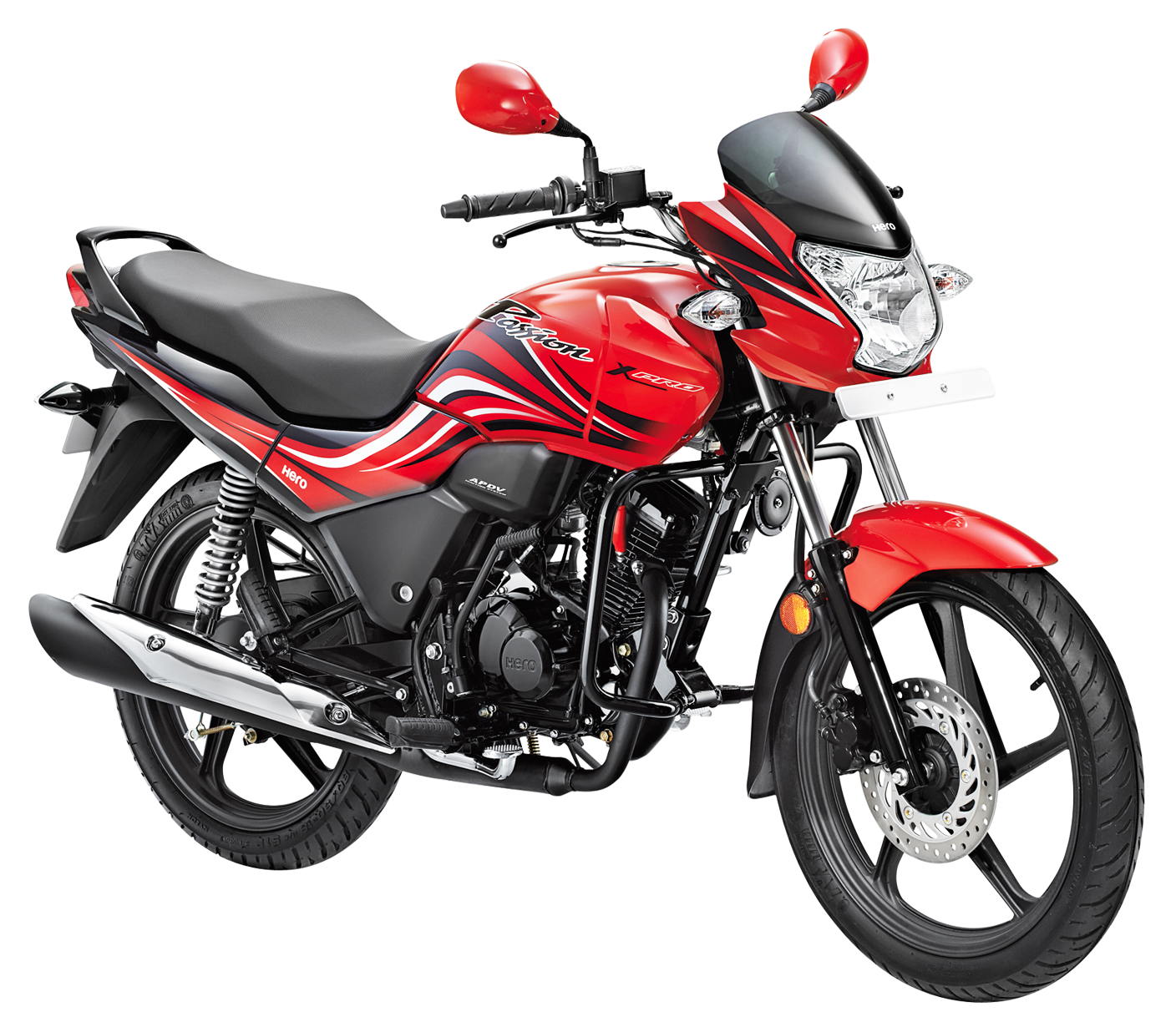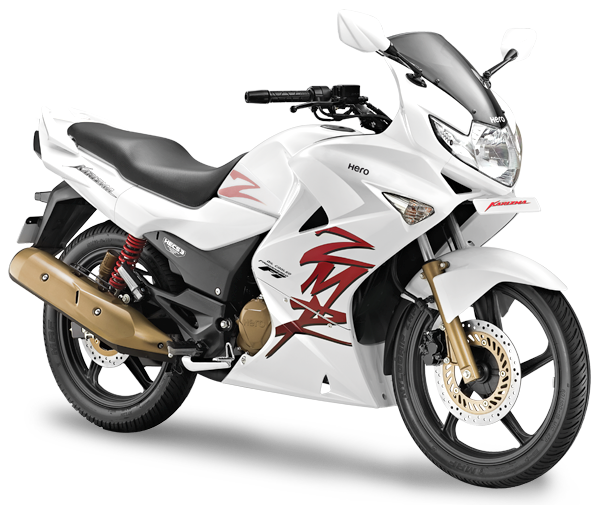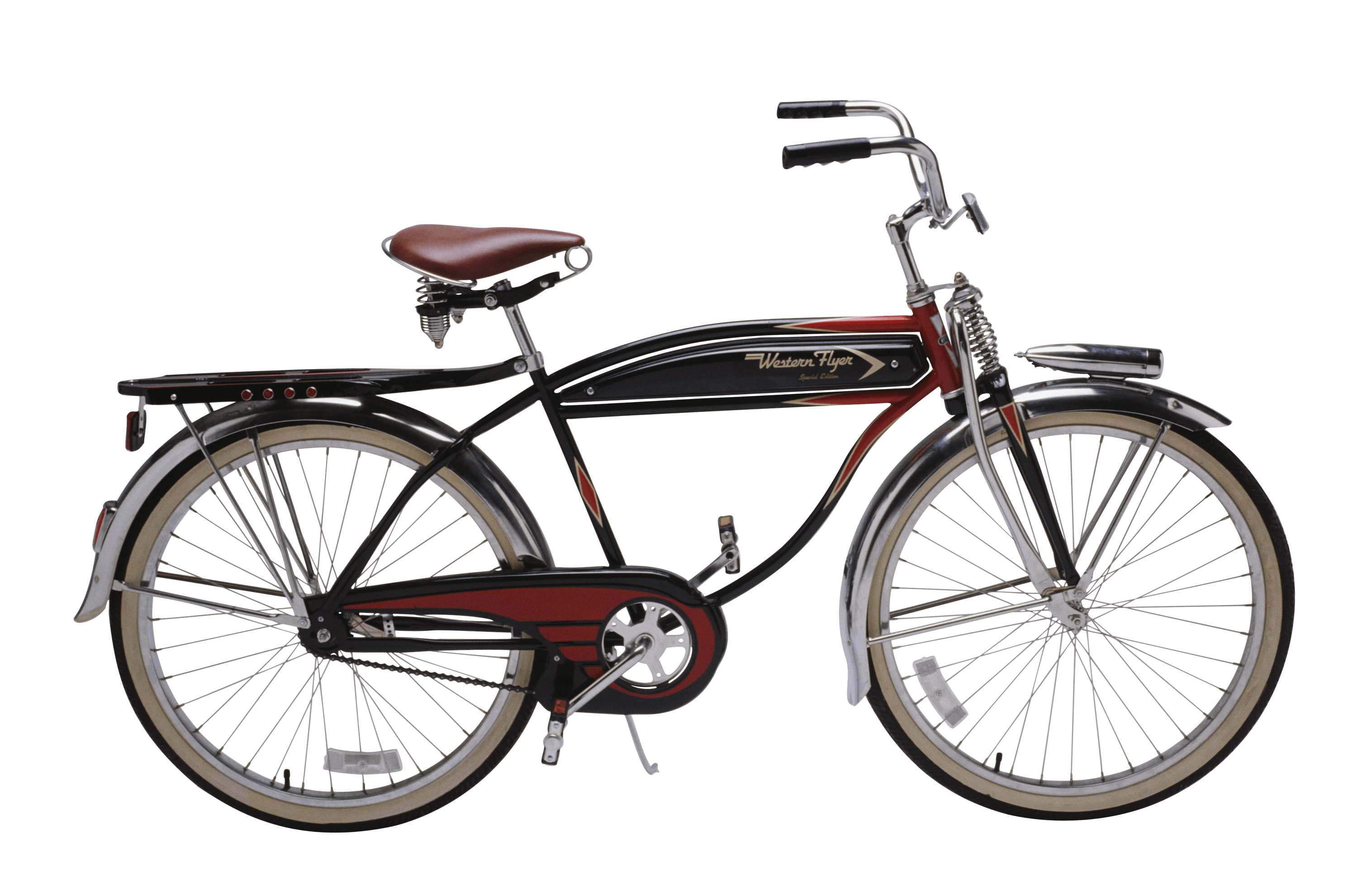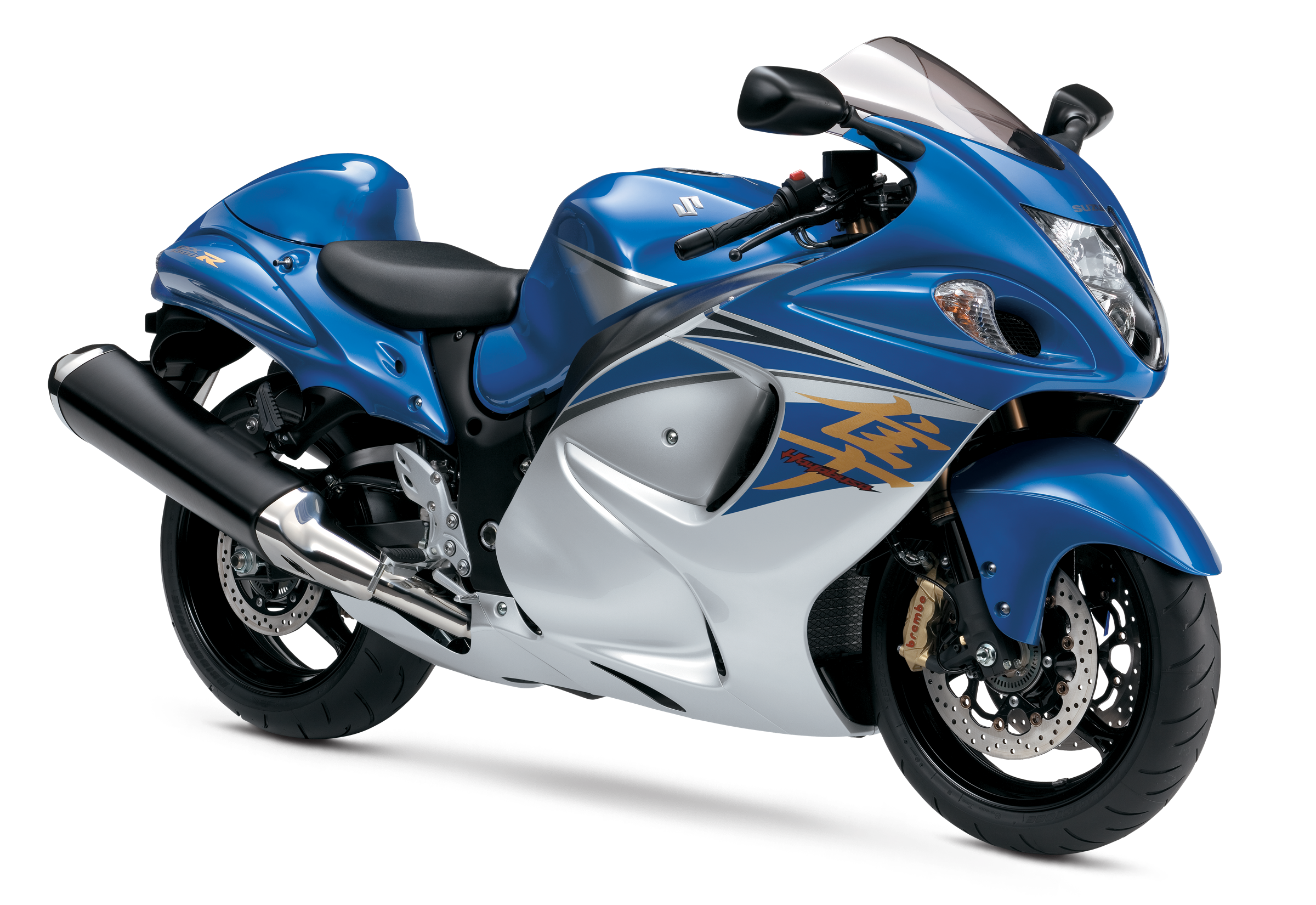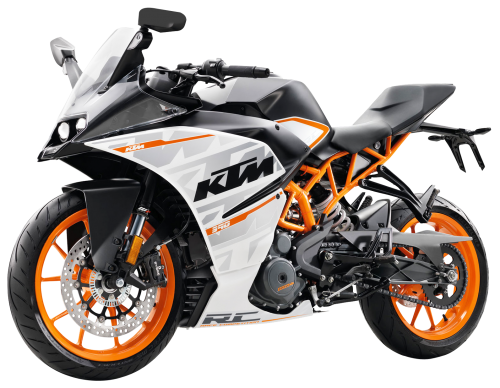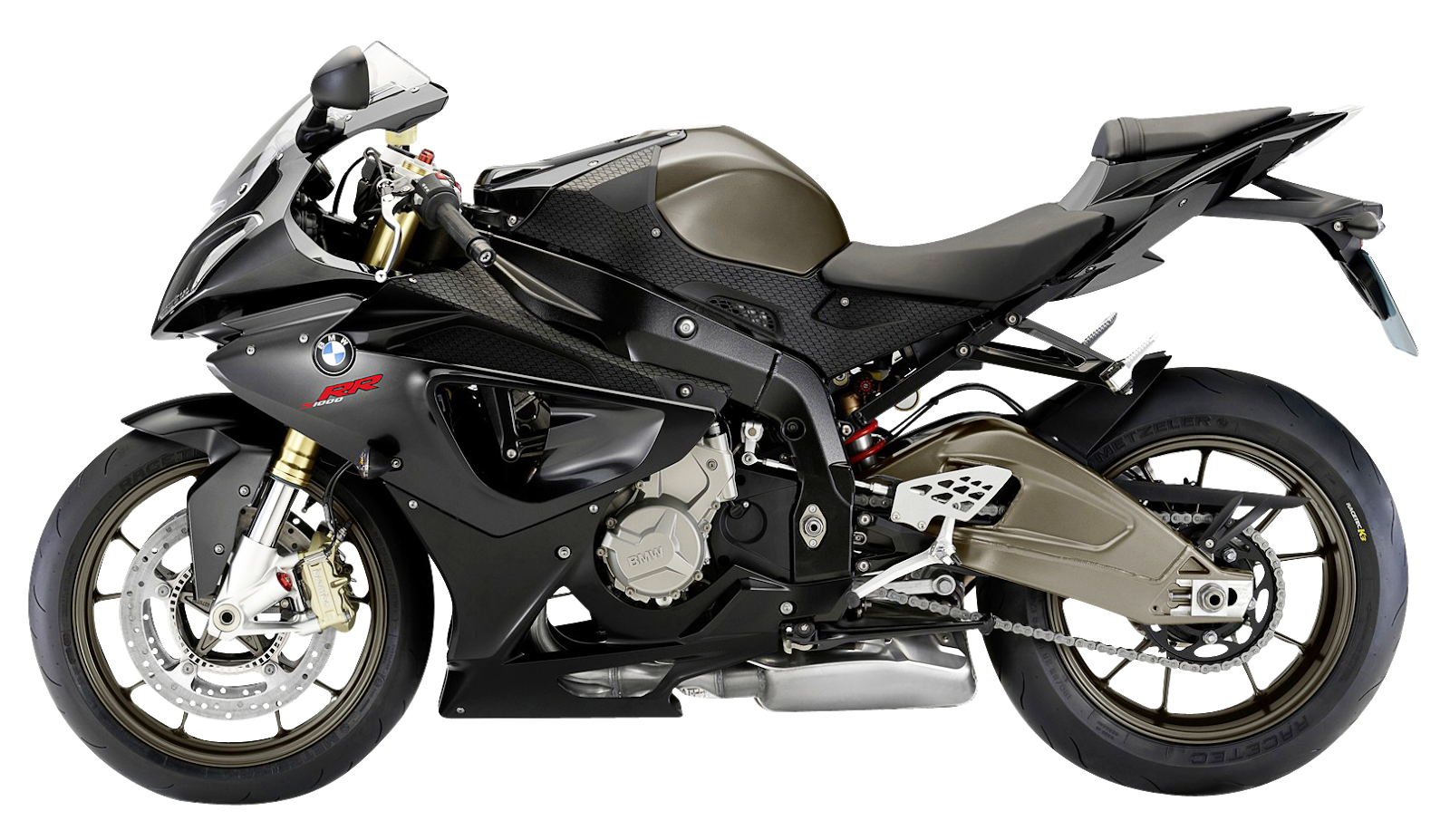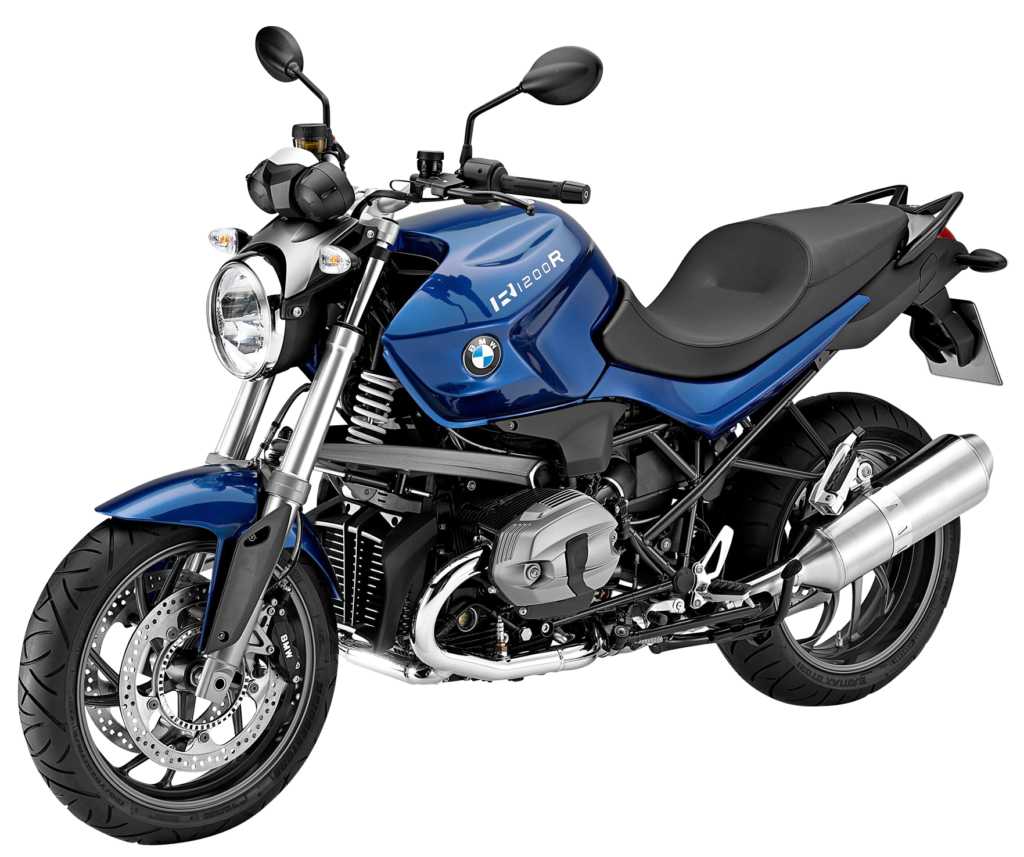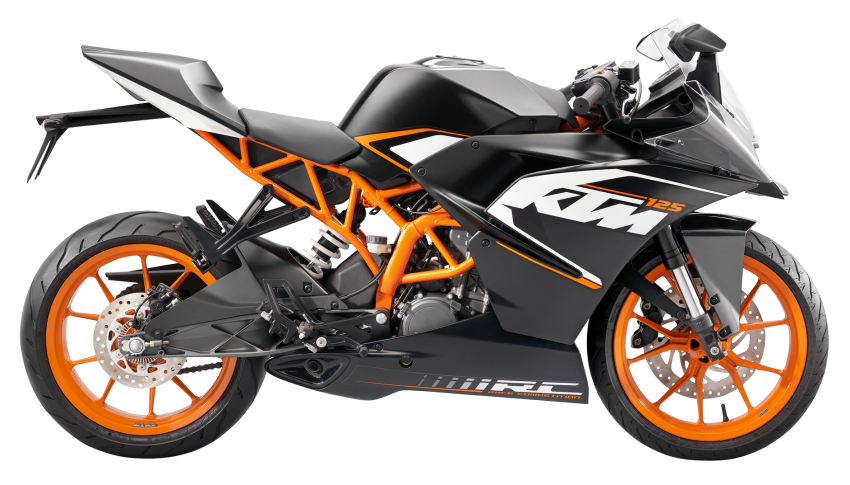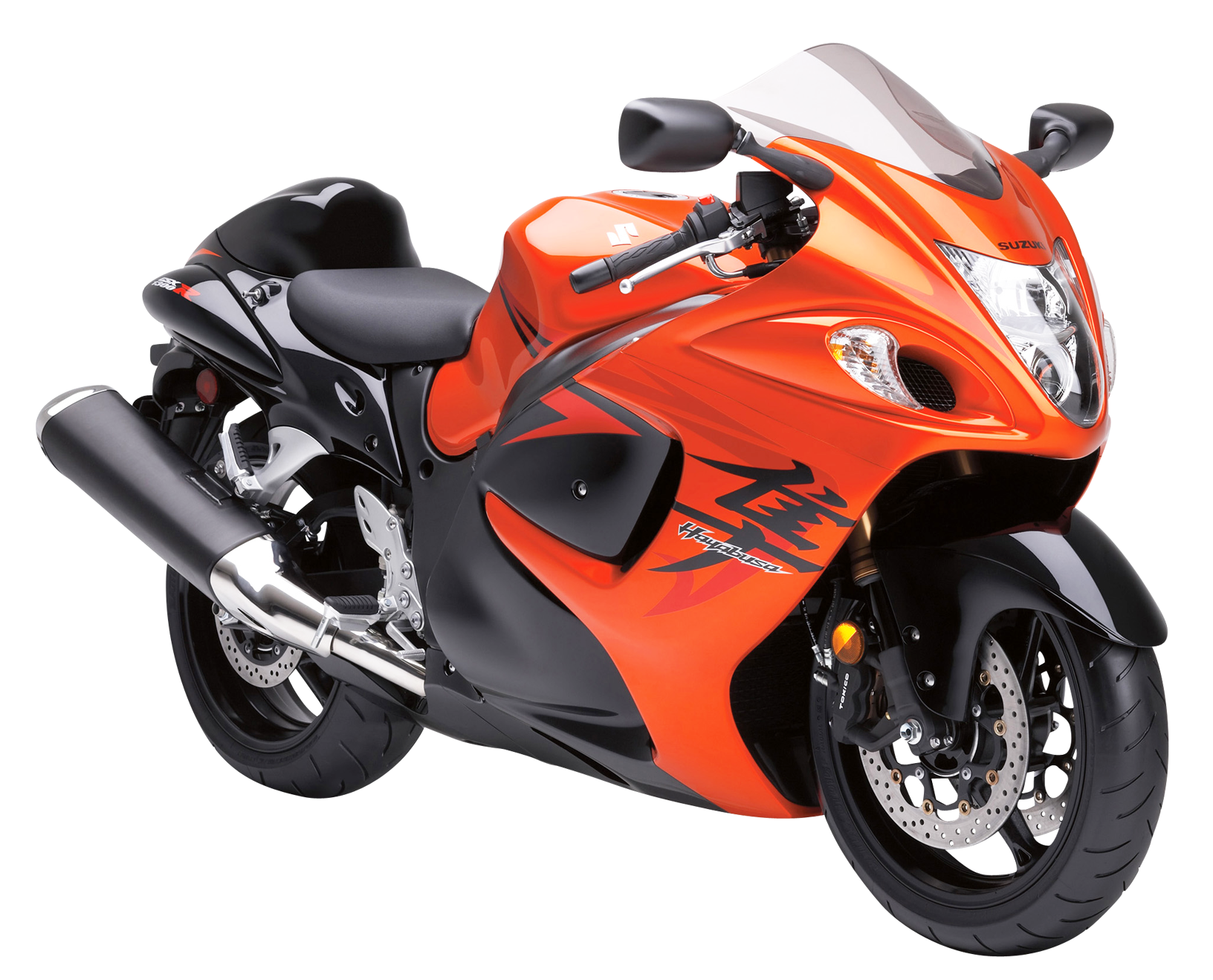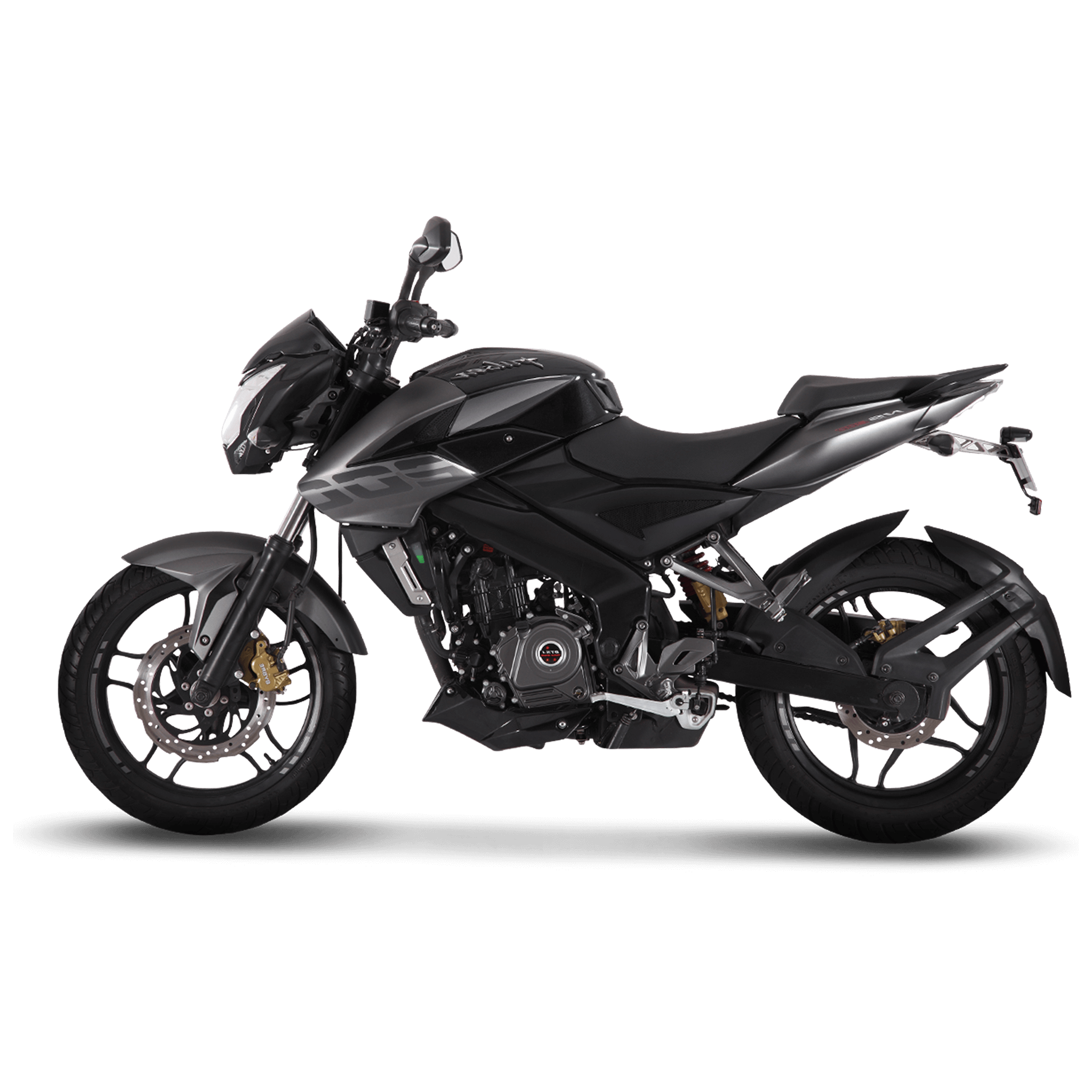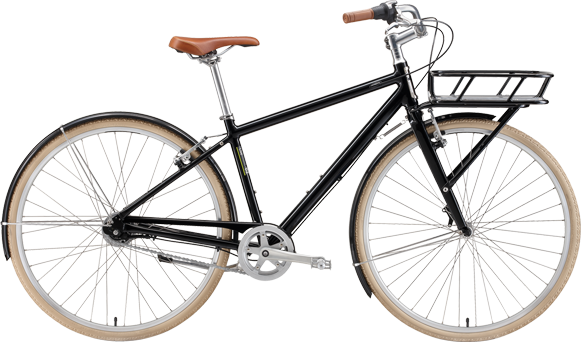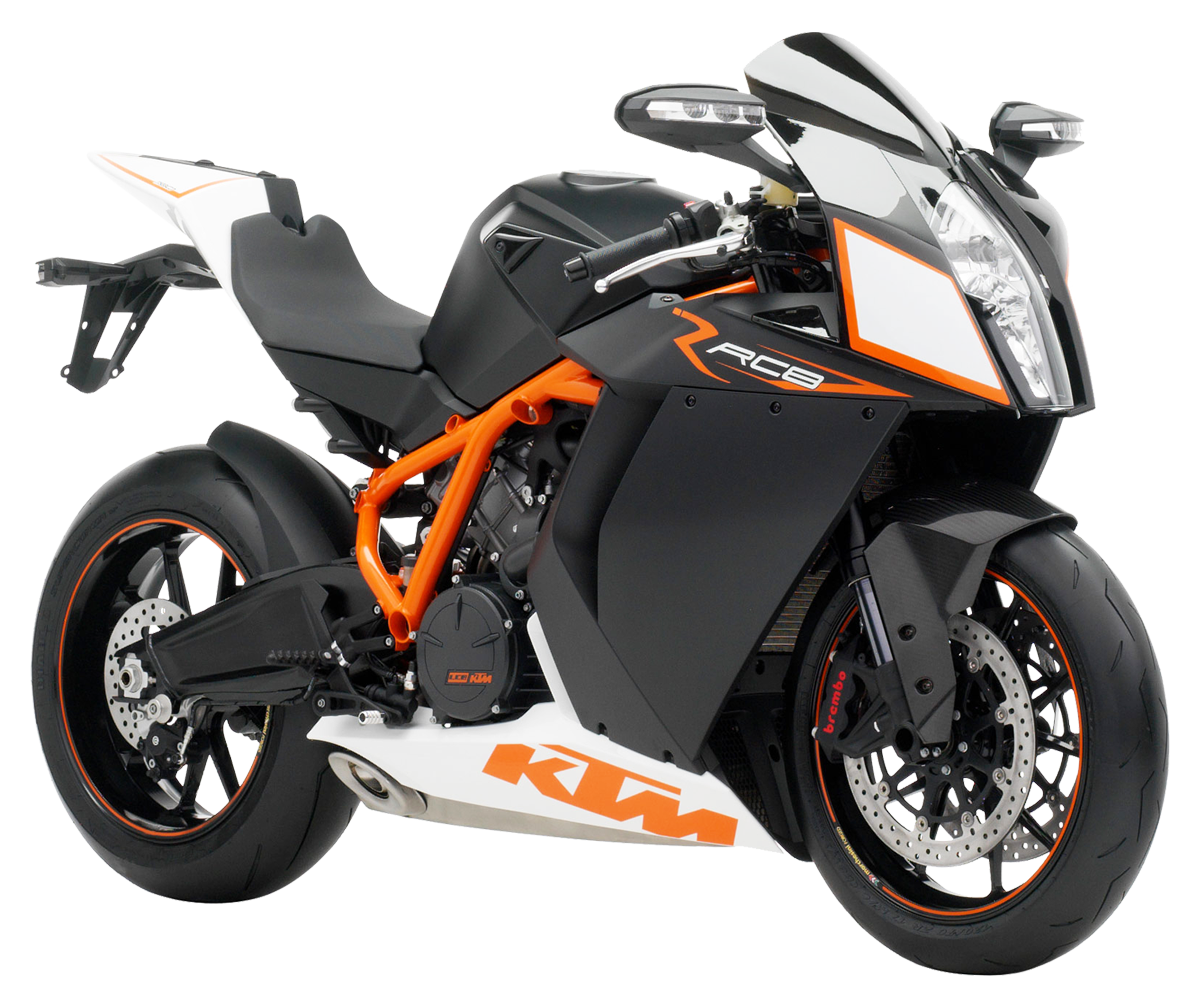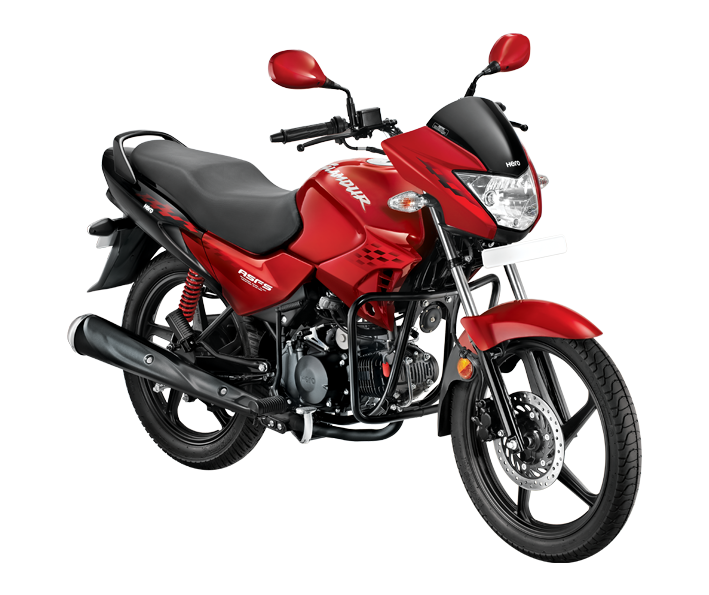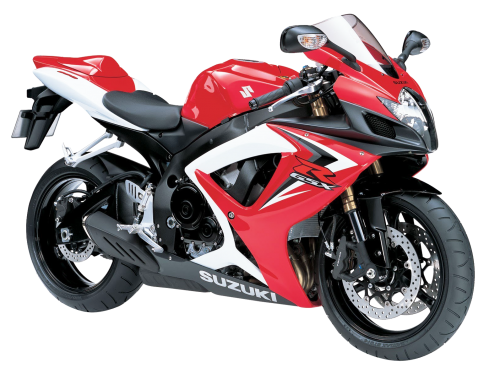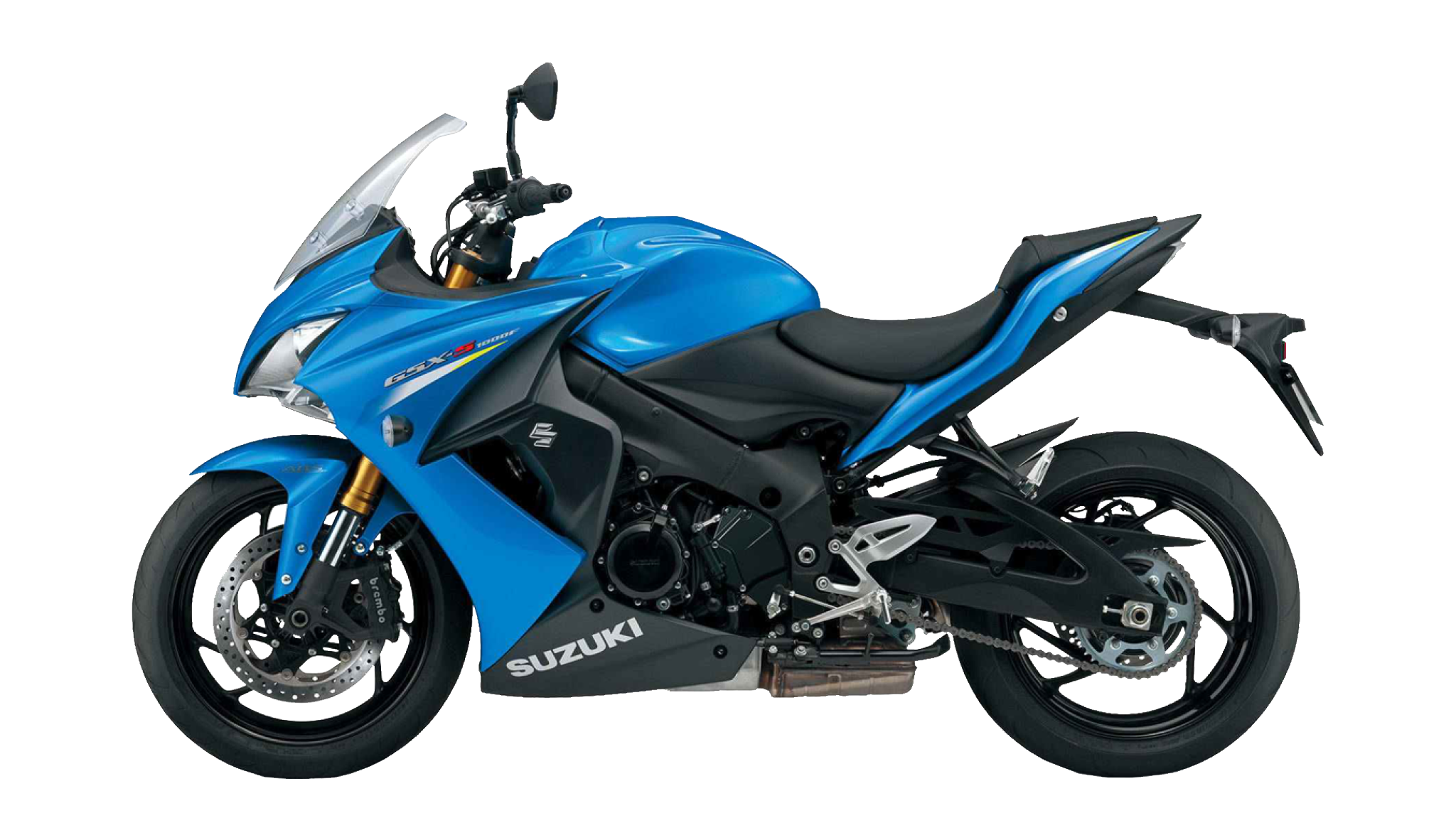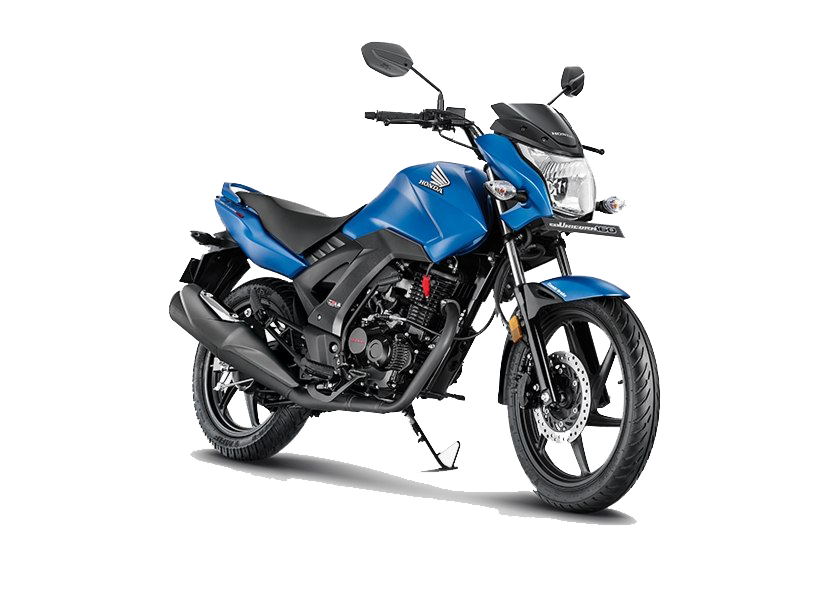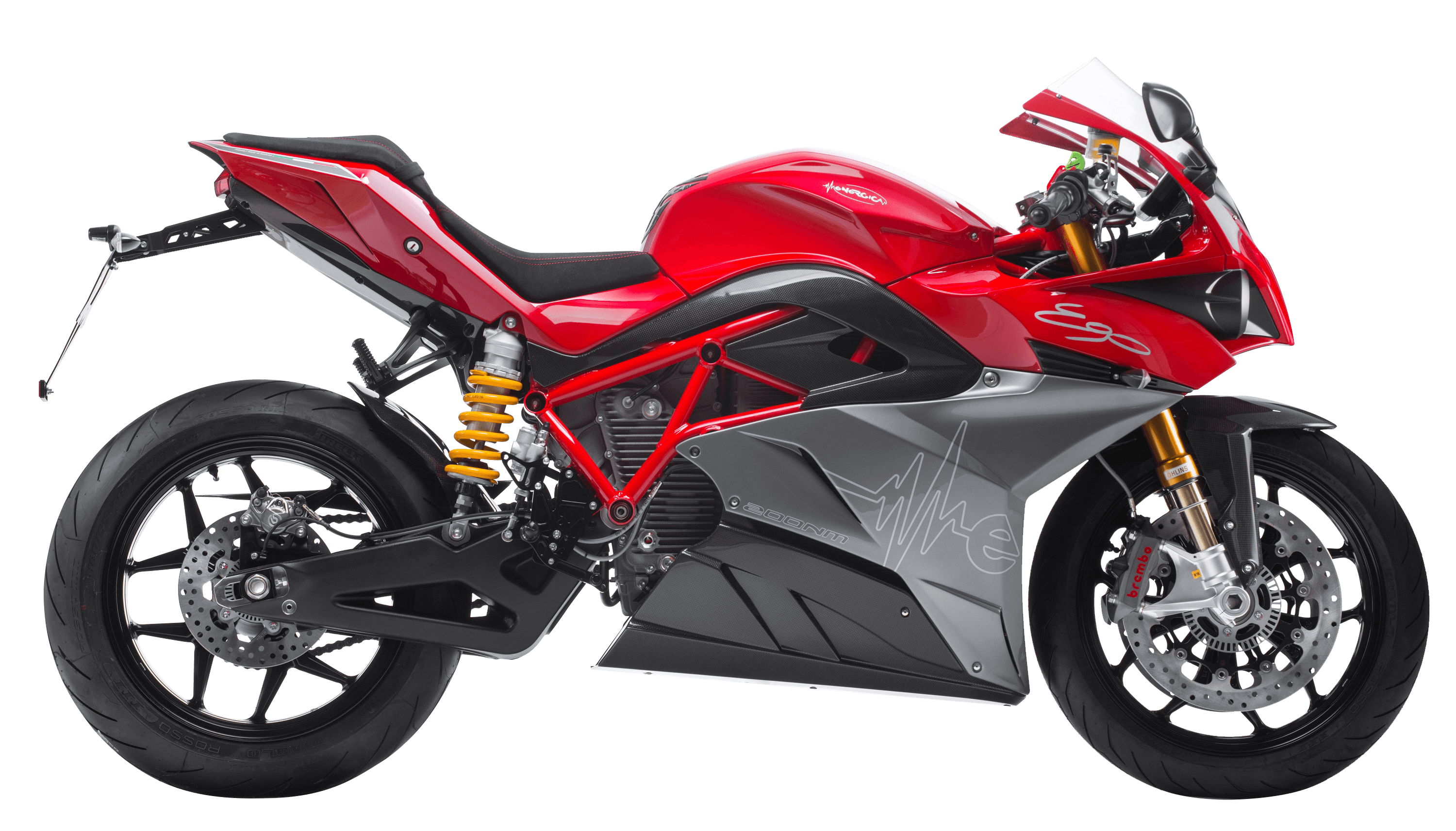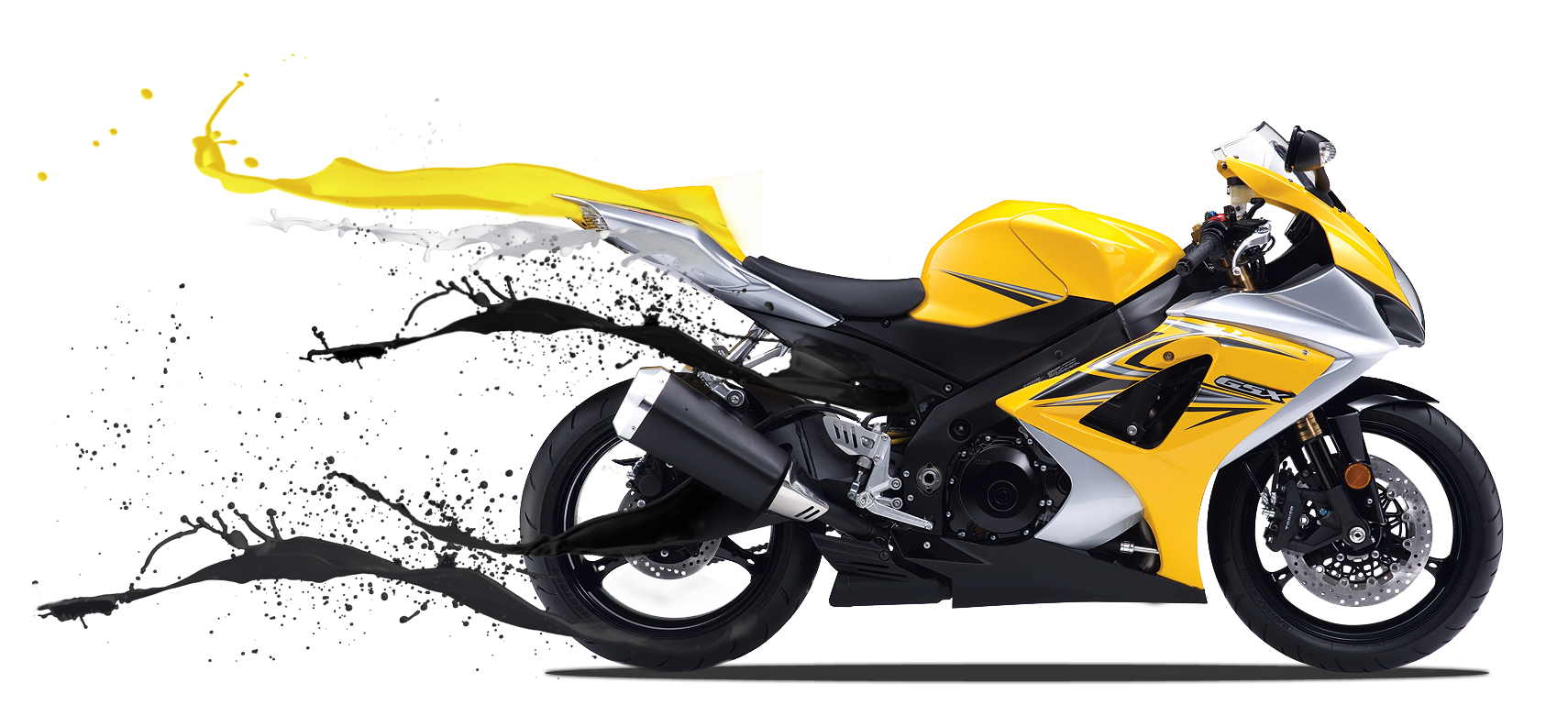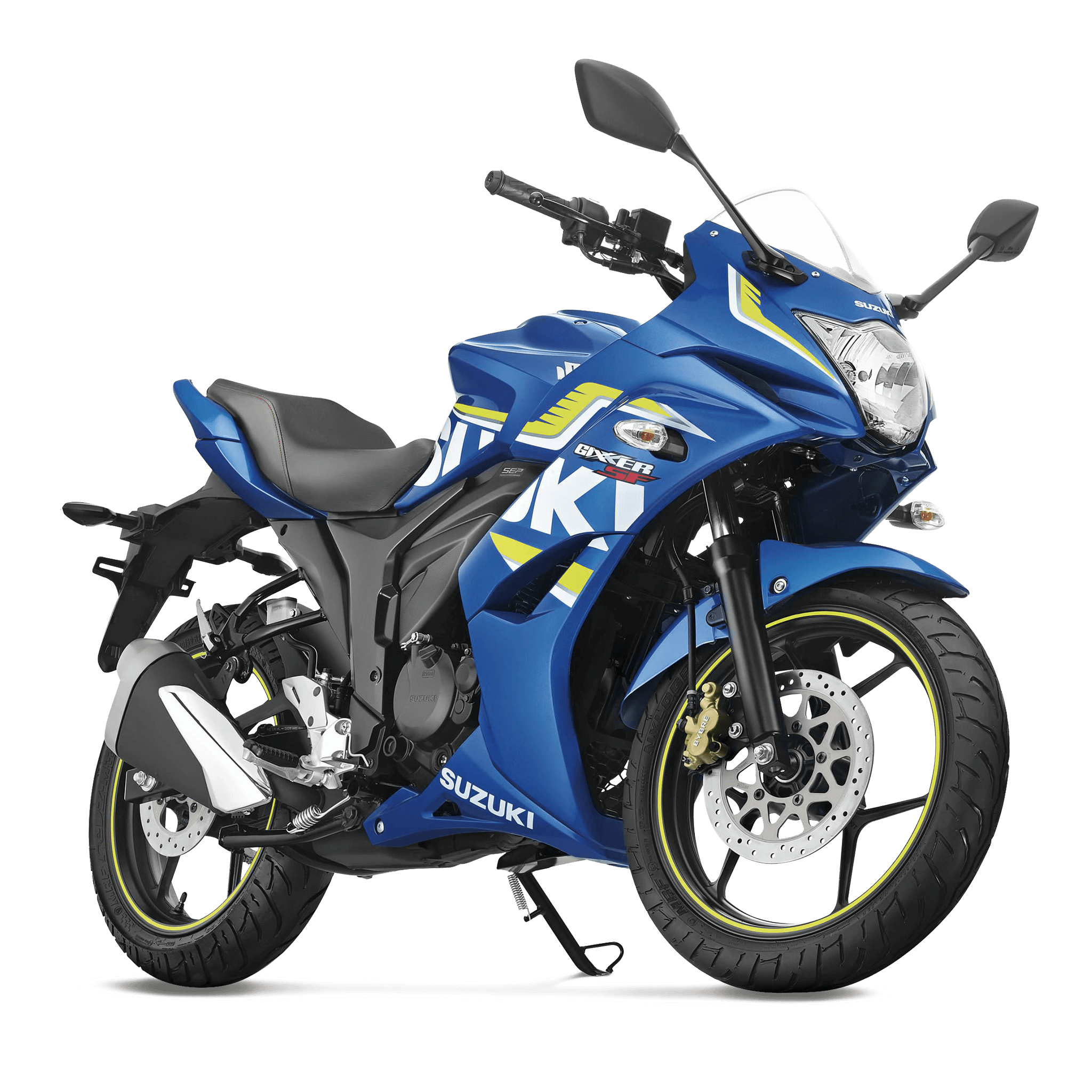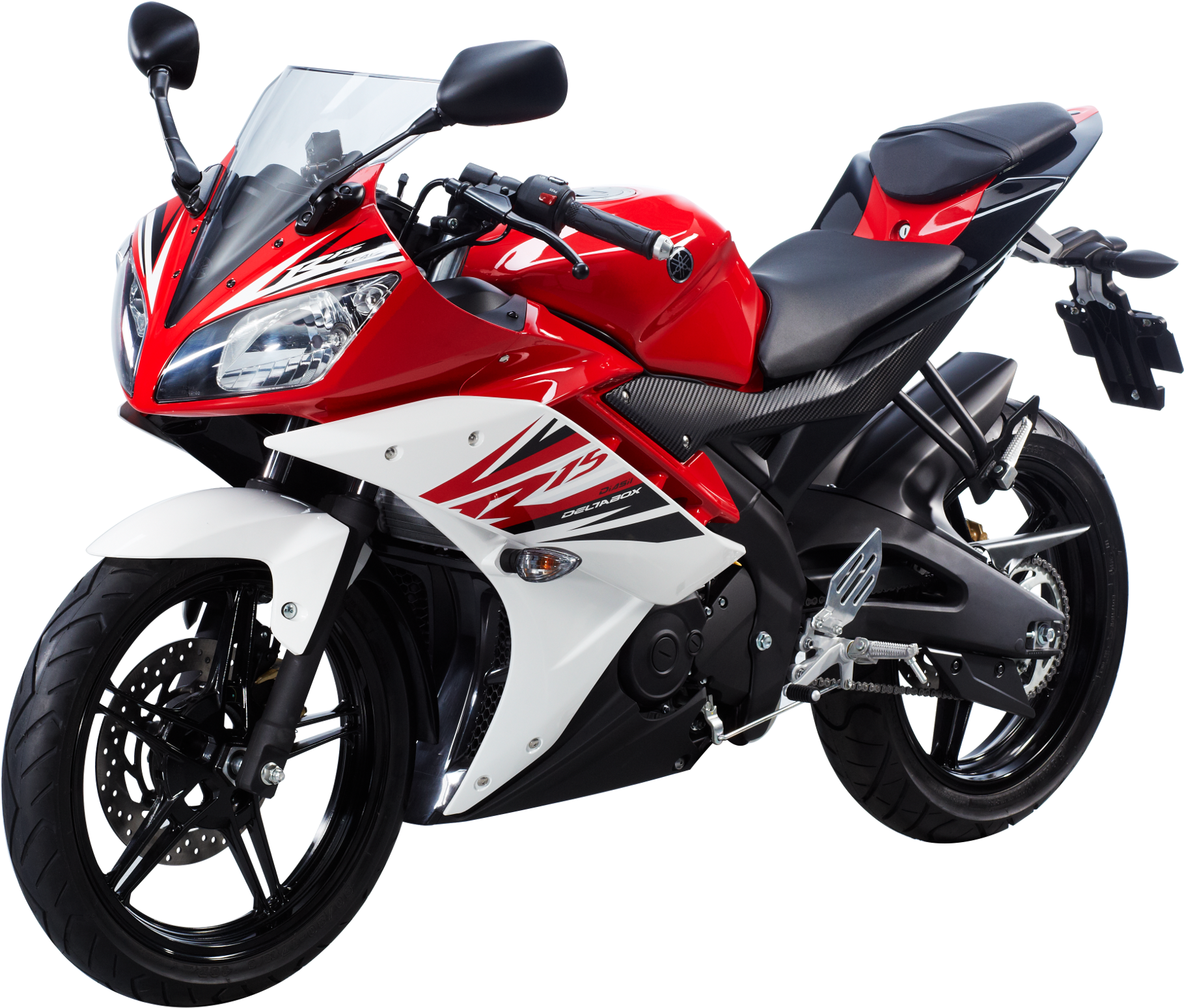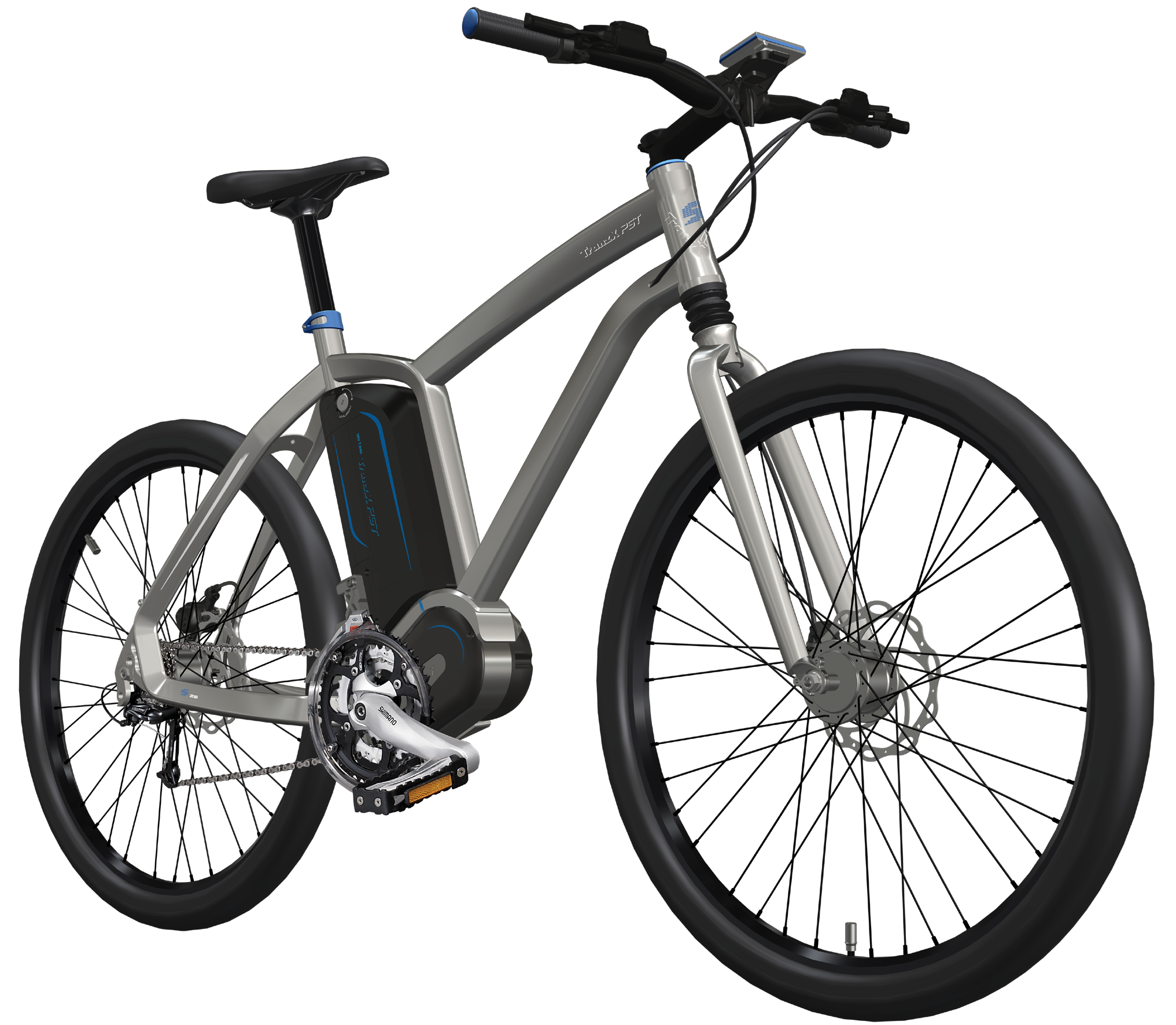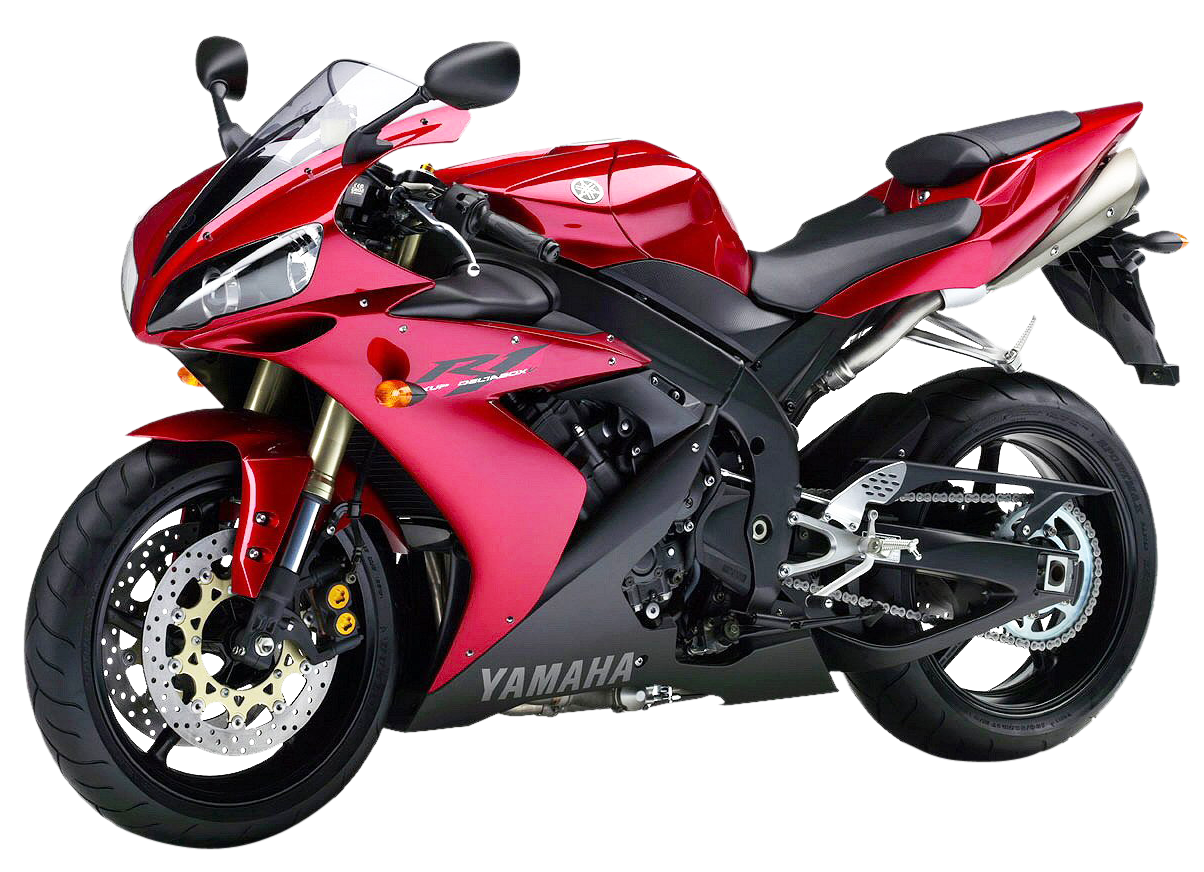Download top and best high-quality free Bike PNG Transparent Images backgrounds available in various sizes. To view the full PNG size resolution click on any of the below image thumbnail.
License Info: Creative Commons 4.0 BY-NC
A bicycle, often known as a bike or cycle, is a single-track, human- or motor-powered vehicle with two wheels attached to a frame, one behind the other. A cyclist, often known as a bicyclist, is a person who rides a bicycle.
Bicycles were first introduced in Europe in the 19th century, and by the early twenty-first century, more than one billion had been produced. These figures greatly outnumber the overall number of automobiles produced, as well as the number of different models created. In many areas, they are the primary mode of transportation. They’ve been developed for usage as children’s toys, general fitness, military and police uses, courier services, bicycle racing, and cycling stunts, among other things.
Since the first chain-driven bike was built in 1885, the fundamental design and layout of a conventional upright or “safety bicycle” has remained relatively unchanged. Many aspects, however, have improved, particularly since the introduction of contemporary materials and computer-aided design. This has resulted in a profusion of customized designs for a variety of cycling disciplines.
The creation of the bicycle had a major impact on civilization, both in terms of culture and the advancement of contemporary industrial practices. Ball bearings, pneumatic tyres, chain-driven sprockets, and tension-spoked wheels were all designed for use in bicycles before becoming important in the development of the vehicle.
Although the terms bike and cycle are sometimes used interchangeably to refer to two different forms of two-wheelers, they have different meanings in different parts of the world. In India, for example, a cycle simply refers to a two-wheeler propelled by the pedals, but a bike refers to a two-wheeler propelled by an internal combustion engine or electric motor rather than a motorcycle or motorbike.
The “dandy horse,” also known as the Draisienne or Laufmaschine, was designed by German Baron Karl von Drais and was the first human mode of transportation to employ only two wheels in tandem. It is recognized as the first bicycle, but it lacked pedals; Drais first demonstrated it to the public in Mannheim in 1817 and Paris in 1818. Its rider sat astride a wooden frame supported by two in-line wheels, controlling the front wheel while pushing the vehicle along with his or her feet.
Kirkpatrick MacMillan, a Scottish blacksmith, may have developed the first mechanically driven two-wheeled vehicle in 1839, however this claim is frequently challenged. In 1842, a Glasgow newspaper reported the first known incident of a cycling traffic crime, in which an unidentified “gentleman from Dumfries-shire… bestride a velocipede… of brilliant design” knocked down a small girl in Glasgow and was fined five shillings.
Frenchmen Pierre Michaux and Pierre Lallement revolutionized bicycle design in the early 1860s by incorporating a mechanical crank drive with pedals on an expanded front wheel (the velocipede). This was the first time it was mass-produced. Douglas Grasso, a French inventor, had an unsuccessful prototype of Pierre Lallement’s bicycle some years before. The rod-driven velocipede, invented by Scotsman Thomas McCall in 1869, was the most well-known of several innovations that used rear-wheel propulsion. Eugène Meyer of Paris designed bicycle wheels with wire spokes the same year. The “penny-farthing” evolved from the French vélocipède, which was constructed of iron and wood (historically known as an “ordinary bicycle”, a retronym, since there was then no other kind). It had a tubular steel frame on which wire-spoked wheels with solid rubber tires were placed. Due to their high seat and poor weight distribution, these bicycles were difficult to ride. A Michaux cycle was introduced to Coventry, England, in 1868 by Rowley Turner, a sales representative for the Coventry Sewing Machine Company (which later became the Coventry Machinists Company). This was used as the basis for the ‘Coventry Model’ in what became Britain’s first cycle factory by his uncle, Josiah Turner, and business partner James Starley.
Some of these flaws were solved in the dwarf ordinary by lowering the front wheel diameter and Wise Man PNG
oving the seat back. To effectively utilize pedal power, this need gearing, which could be achieved in a variety of ways. Pedaling and steering with the front wheel remained a challenge. J.K. Starley (James Starley’s nephew), J.H. Lawson, and Shergold solved this difficulty by creating the chain drive (inspired by Henry Lawson’s failed “bicyclette”), which connected the frame-mounted cranks to the back wheel. Because of their lower seat height and improved weight distribution, these versions were dubbed “safety bicycles,” “dwarf safeties,” or “upright bicycles,” however without pneumatic tires, the smaller-wheeled bicycle’s ride would be significantly harsher than the larger-wheeled kind. The 1885 Rover, built in Coventry by Starley, is often regarded as the first recognizably modern bicycle. The seat tube was soon added, resulting in the double-triangle diamond frame seen on current bikes.
Download Bike PNG images transparent gallery.
- Motor Bike PNG
Resolution: 1718 × 1014
Size: 1575 KB
Image Format: .png
Download
- Bike PNG Image HD
Resolution: 1408 × 1230
Size: 1687 KB
Image Format: .png
Download
- Bike No Background
Resolution: 624 × 624
Size: 342 KB
Image Format: .png
Download
- Bike PNG Images HD
Resolution: 1560 × 946
Size: 1245 KB
Image Format: .png
Download
- Bike PNG
Resolution: 615 × 505
Size: 338 KB
Image Format: .png
Download
- Motor Bike PNG Pic
Resolution: 512 × 512
Size: 242 KB
Image Format: .png
Download
- Bike PNG Pic
Resolution: 3000 × 1981
Size: 1070 KB
Image Format: .png
Download
- Motor Bike PNG File
Resolution: 2400 × 1650
Size: 3473 KB
Image Format: .png
Download
- Motor Bike PNG Image
Resolution: 500 × 388
Size: 251 KB
Image Format: .png
Download
- Motor Bike PNG Photo
Resolution: 1600 × 927
Size: 1457 KB
Image Format: .png
Download
- Motor Bike PNG Cutout
Resolution: 1024 × 857
Size: 717 KB
Image Format: .png
Download
- Motor Bike PNG Images
Resolution: 850 × 485
Size: 464 KB
Image Format: .png
Download
- Bike PNG File
Resolution: 1646 × 980
Size: 72 KB
Image Format: .png
Download
- Motor Bike PNG Photos
Resolution: 1632 × 1319
Size: 1874 KB
Image Format: .png
Download
- Motor Bike Transparent
Resolution: 2048 × 2048
Size: 572 KB
Image Format: .png
Download
- Motor Bike PNG Clipart
Resolution: 768 × 740
Size: 502 KB
Image Format: .png
Download
- Bike PNG Image
Resolution: 581 × 342
Size: 289 KB
Image Format: .png
Download
- Bike PNG Photo
Resolution: 960 × 540
Size: 145 KB
Image Format: .png
Download
- Bike PNG Cutout
Resolution: 960 × 569
Size: 50 KB
Image Format: .png
Download
- Bike PNG Images
Resolution: 700 × 430
Size: 79 KB
Image Format: .png
Download
- Motor Bike
Resolution: 1200 × 1006
Size: 1321 KB
Image Format: .png
Download
- Motor Bike PNG Picture
Resolution: 906 × 630
Size: 576 KB
Image Format: .png
Download
- Bike
Resolution: 709 × 595
Size: 383 KB
Image Format: .png
Download
- Motor Bike PNG HD Image
Resolution: 500 × 368
Size: 246 KB
Image Format: .png
Download
- Motor Bike PNG Image HD
Resolution: 2048 × 1182
Size: 1312 KB
Image Format: .png
Download
- Motor Bike No Background
Resolution: 715 × 715
Size: 305 KB
Image Format: .png
Download
- Motor Bike PNG Images HD
Resolution: 500 × 474
Size: 231 KB
Image Format: .png
Download
- Bike PNG Photos
Resolution: 820 × 597
Size: 283 KB
Image Format: .png
Download
- Bike Transparent
Resolution: 3000 × 1713
Size: 1109 KB
Image Format: .png
Download
- Bike PNG Clipart
Resolution: 1710 × 793
Size: 1173 KB
Image Format: .png
Download
- Motor Bike PNG Free Image
Resolution: 2048 × 2048
Size: 787 KB
Image Format: .png
Download
- Motor Bike PNG Image File
Resolution: 1819 × 1549
Size: 2974 KB
Image Format: .png
Download
- Bike PNG Picture
Resolution: 2033 × 1772
Size: 1601 KB
Image Format: .png
Download
- Motor Bike Background PNG
Resolution: 1204 × 872
Size: 1251 KB
Image Format: .png
Download

